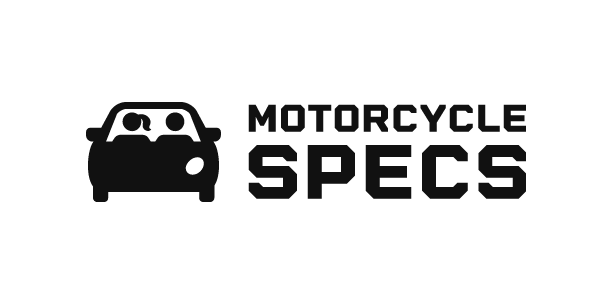image (https://www.instagram.com/4cilindros_ofc/)
Tires are the only contact between the vehicle and the road. Safety in all conditions of riding depends on a relatively small area of road contact. Therefore, it is essential to maintain the tires in good condition at all times and replace them at the appropriate time with the specified tires.
Tire air pressure
The tire air pressure should be checked and, if necessary, adjusted before each ride.
Operation of this vehicle with improper tire pressure may cause severe injury or death from loss of control.
- The tire air pressure must be checked and adjusted on cold tires (i.e., when the temperature of the tires equals the ambient temperature).
- The tire air pressure must be adjusted in accordance with the riding speed and with the total weight of rider, passenger, cargo, and accessories approved for this model.
- Cold tire air pressure:
-
- Up to 90 kg (198 lb) load:
- Front:
- 250 kPa (2.50 kgf/cm², 36 psi)
- Rear:
- 290 kPa (2.90 kgf/cm², 42 psi)
-
- 90 kg (198 lb) to maximum load:
- Front:
- 250 kPa (2.50 kgf/cm², 36 psi)
- Rear:
- 290 kPa (2.90 kgf/cm², 42 psi)
- Maximum load:
- Vehicle:
- 166 kg (366 lb)
- The vehicle’s maximum load is the combined weight of the rider, passenger, cargo, and any accessories.
Never overload your vehicle. Operation of an overloaded vehicle could cause an accident.
Tire inspection
- Tire sidewall
- Tire wear indicator
- Tire tread depth
The tires must be checked before each ride. If a tire tread shows crosswise lines (minimum tread depth), if the tire has a nail or glass fragments in it, or if the sidewall is cracked, contact a Yamaha dealer immediately and have the tire replaced.
- Minimum tire tread depth (front and rear):
- 1.0 mm (0.04 in)
- It is dangerous to ride with a worn-out tire. When a tire tread begins to show crosswise lines, have a Yamaha dealer replace the tire immediately.
- The replacement of all wheel and brake-related parts, including the tires, should be left to a Yamaha dealer, who has the necessary professional knowledge and experience to do so.
- Ride at moderate speeds after changing a tire since the tire surface must first be “broken in” for it to develop its optimal characteristics.
Tire information
- Tire air valve
- Tire air valve core
- Tire air valve cap with seal
This model is equipped with tubeless tires and tire air valves.
Tires age, even if they have not been used or have only been used occasionally. Cracking of the tread and sidewall rubber, sometimes accompanied by carcass deformation, is an evidence of ageing. Old and aged tires shall be checked by tire specialists to ascertain their suitability for further use.
- The front and rear tires should be of the same make and design, otherwise the handling characteristics of the motorcycle may be different, which could lead to an accident.
- Always make sure that the valve caps are securely installed to prevent air pressure leakage.
- Use only the tire valves and valve cores listed below to avoid tire deflation during a ride.
After extensive tests, only the tires listed below have been approved for this model by Yamaha.
- Front tire:
- Size:
- 120/70ZR17M/C (58W)
- Manufacturer/model:
- BRIDGESTONE/BATTLAX HYPERSPORT S22F
- Rear tire:
- Size:
- 180/55ZR17M/C (73W)
- Manufacturer/model:
- BRIDGESTONE/BATTLAX HYPERSPORT S22R
- FRONT and REAR:
- Tire air valve:
- TR412
- Valve core:
- #9100 (original)
This motorcycle is fitted with super-high-speed tires. Note the following points in order to make the most efficient use of these tires.
- Use only the specified replacement tires. Other tires may run the danger of bursting at super high speeds.
- Brand-new tires can have a relatively poor grip on certain road surfaces until they have been “broken in”. Therefore, it is advisable before doing any high-speed riding to ride conservatively for approximately 100 km (60 mi) after installing a new tire.
- The tires must be warmed up before a high-speed run.
- Always adjust the tire air pressure according to the operating conditions.



